
Trinity is a highly skilled operative and a crucial member of the Resistance. She’s an expert hacker, a formidable fighter in close combat, and a talented pilot, consistently pushing the story forward. Even before Neo meets Morpheus, he’s heard of Trinity and her impressive abilities, and she lives up to the hype. Throughout all four ‘Matrix’ films, Trinity consistently proves her skills – whether she’s breaking into computer systems or rescuing people from dangerous situations – and her actions are vital to the success of their missions.
The iconic moments featuring Trinity weren’t just luck – they were carefully planned and executed. Filmmakers built a whole freeway section for her famous chase, designed fight choreography to match her style, and even used genuine computer security software on screen when she hacked into systems. Basically, everything Trinity does has a lot of detailed work behind it.
Elite hacker with a real-world handle
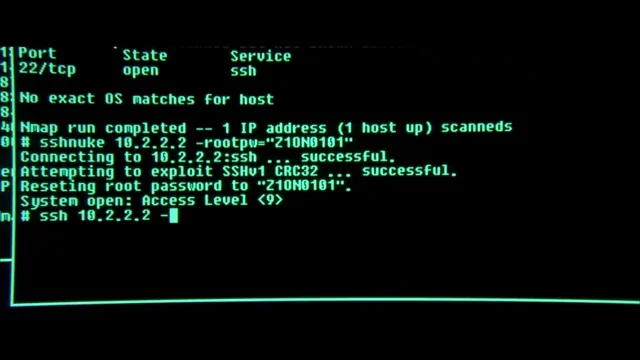
In the world of hackers depicted in the story, Trinity is first known as the person who successfully broke into a secure government system. This is why Neo has heard of her even before they meet. The story establishes her as a highly skilled technical expert with a reputation within the underground hacking community, separate from the main rebel forces. This initial portrayal of her abilities is crucial, as the rest of the plot relies on that established credibility.
On the Nebuchadnezzar, her job involves scouting the Matrix, accessing systems during missions, and ensuring everyone exits quickly and safely. She’s not just the ‘hacker’ for show; the movies consistently demonstrate that she has a critical, hands-on role requiring teamwork and coordination with the rest of the crew.
The opening bullet-time leap was engineered around her scene
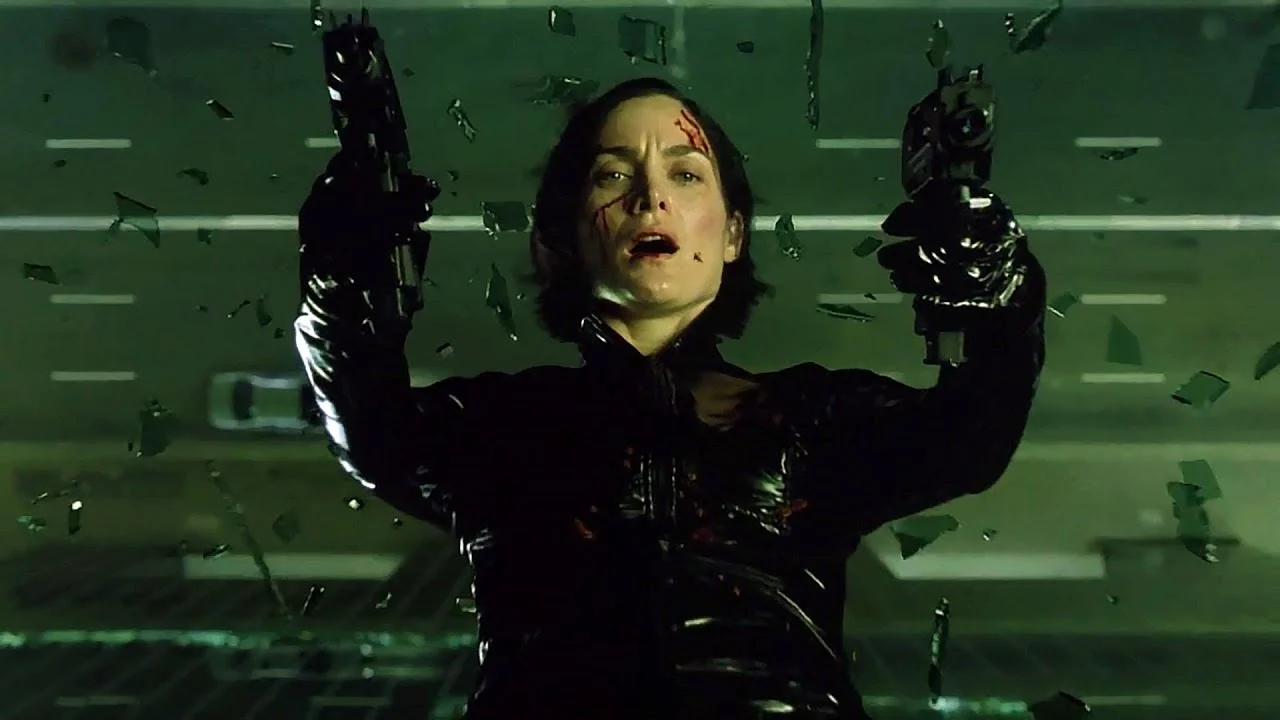
The iconic ‘bullet-time’ effect first appeared during Trinity’s rooftop escape in *The Matrix*, freezing the action mid-air. It was created by using many cameras to film the scene almost at the same time. This allowed filmmakers to rotate the camera around a single moment while keeping the motion clear, and then combine the footage into one smooth, flowing shot.
This technology was created to realistically show how people move within the physics of the Matrix. Trinity’s jump perfectly demonstrates this, as the environment appears to bend and react to her skill. The camera work – its positioning, timing, and how it blends shots – was specifically designed to keep Trinity in focus while the world around her moves, establishing a visual style that was used throughout the rest of the series.
Fight craft shaped by Yuen Woo-Ping’s choreography
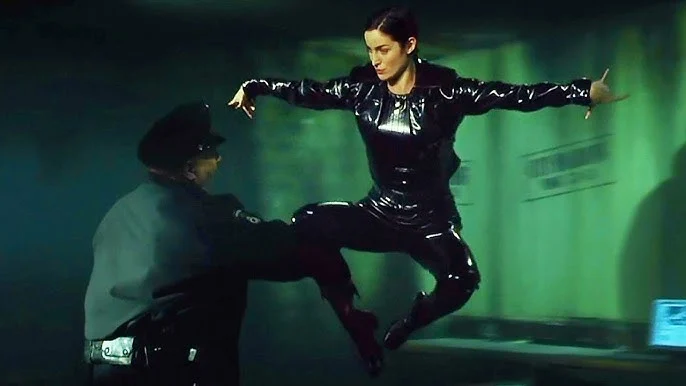
The fight scenes in Trinity’s sequences feature dynamic choreography inspired by Hong Kong action films, developed with Yuen Woo-Ping. Actors underwent intense training to improve their flexibility, kicking skills, and ability to move fluidly with the help of wires. This allowed the filmmakers to create seamless action, where moves like running on walls and executing aerial kicks appeared as one continuous flow instead of separate actions.
Carrie-Anne Moss spent months practicing her fight scenes to perform them in long, uninterrupted shots. She combined physical training with the use of wires and precise positioning, allowing the camera to capture the action clearly. This careful preparation means editors can extend the length of her fight sequences, resulting in dynamic and easily-followed action, like in the opening room raid.
The freeway chase used a real Ducati and a built-from-scratch highway
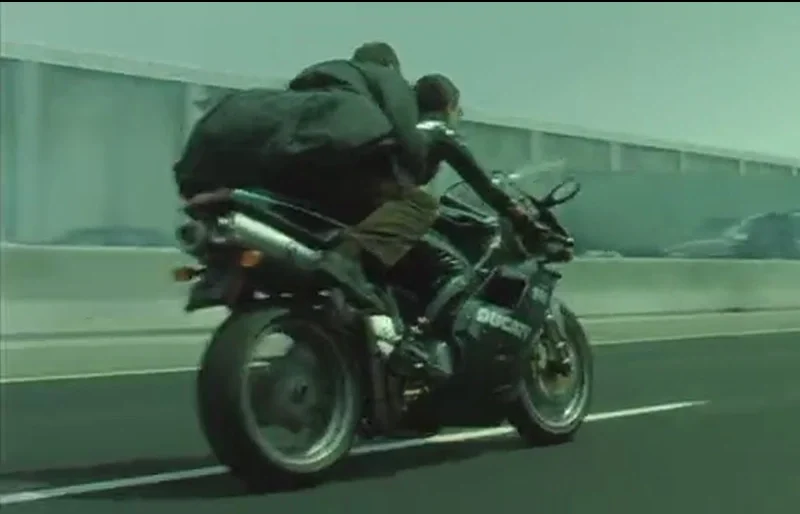
During the thrilling freeway chase in ‘The Matrix Reloaded’, Trinity expertly rides a Ducati 996, weaving through traffic, jumping over dividers, and even driving against the flow of traffic while transporting the Keymaker. Stuntwoman Debbie Evans performed the most challenging riding scenes. The filmmakers used two versions of the bike – one for beautiful close-up shots and another with special modifications for difficult stunts – to ensure the action looked consistent from every camera angle.
To film the high-speed action, the team constructed a 1.5-mile stretch of freeway with multiple lanes on the former Alameda Naval Air Station. This included realistic details like exits, signs, and safety barriers. They used specialized camera vehicles and low-angle mounts to capture the speed naturally, with consistent lighting and motion blur. This approach avoided the need for artificial effects and ensured the chase sequences felt spatially consistent and believable.
Trinity’s on-screen hack uses actual tools and plausible steps
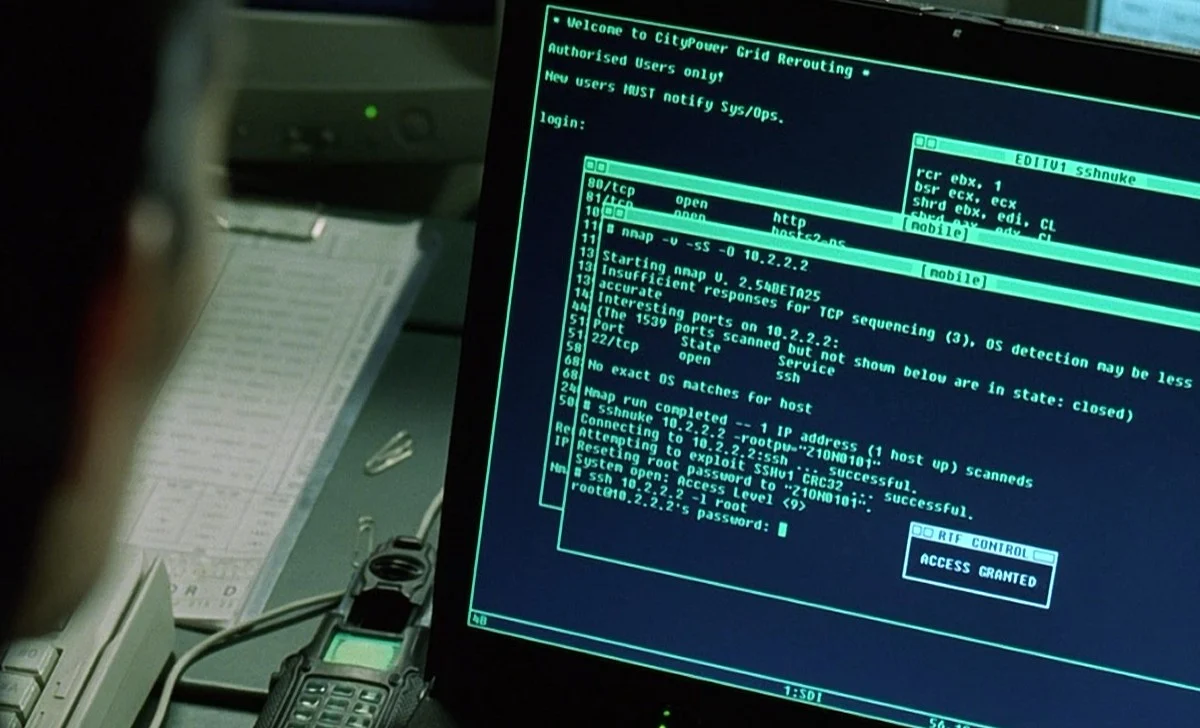
In ‘The Matrix Reloaded’, when Trinity hacks into the power station’s network, the on-screen code shows a program—similar to a security tool called ‘nmap’—first identifying available services before focusing on SSH. She then uses a program resembling ‘sshnuke’ to take advantage of a known weakness in older SSH software (SSHv1) and gain full control. This process – finding a vulnerability, exploiting it, and then maintaining access – is a common pattern security experts recognize.
The filmmakers used actual computer tools and commands, so what you see on screen – like listing computers, checking a pathway, and then running a program – represents real tasks, not just flashy coding. This focus on realistic procedures, ones that exist outside the movie’s story, is a key reason why the scene is often praised for its accurate portrayal of hacking.
Precision piloting across aircraft and exfil vehicles
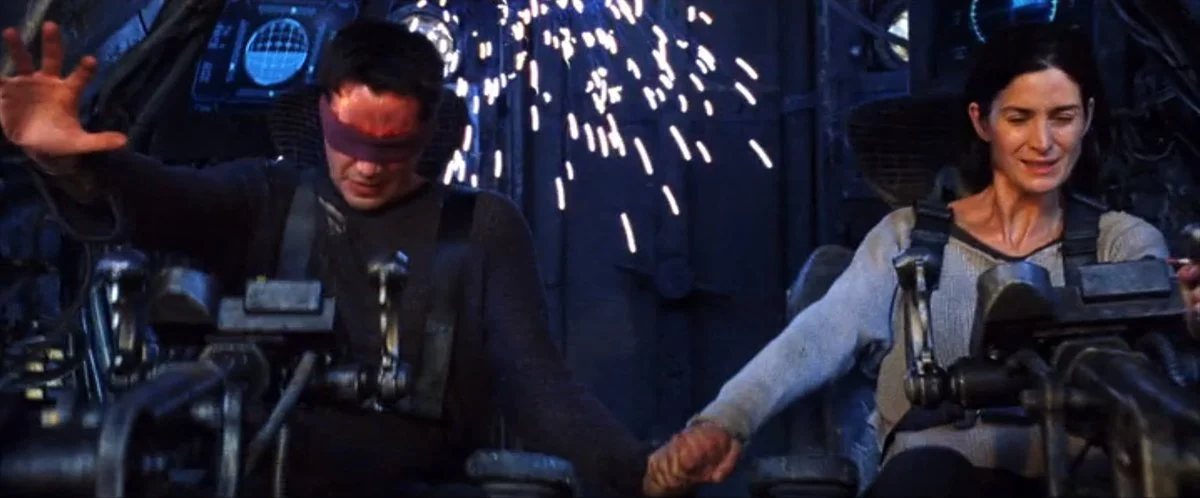
In the movie ‘The Matrix’, Trinity quickly learns to fly a helicopter and uses this skill to rescue Morpheus from a dangerous combat area. She expertly maneuvers the helicopter, even firing a machine gun with precision, before intentionally crashing it and escaping.
Throughout the series, she consistently operates various dangerous vehicles – including motorcycles, cars, and planes – to get in and out of challenging situations. She coordinates closely with a support operator who guides her with directions and timing. This work relies on precise maps, available communication windows, and carefully planned routes to ensure the team can safely transition from active operations to escape.
The “Dodge this” beat demonstrates team tactics against Agents
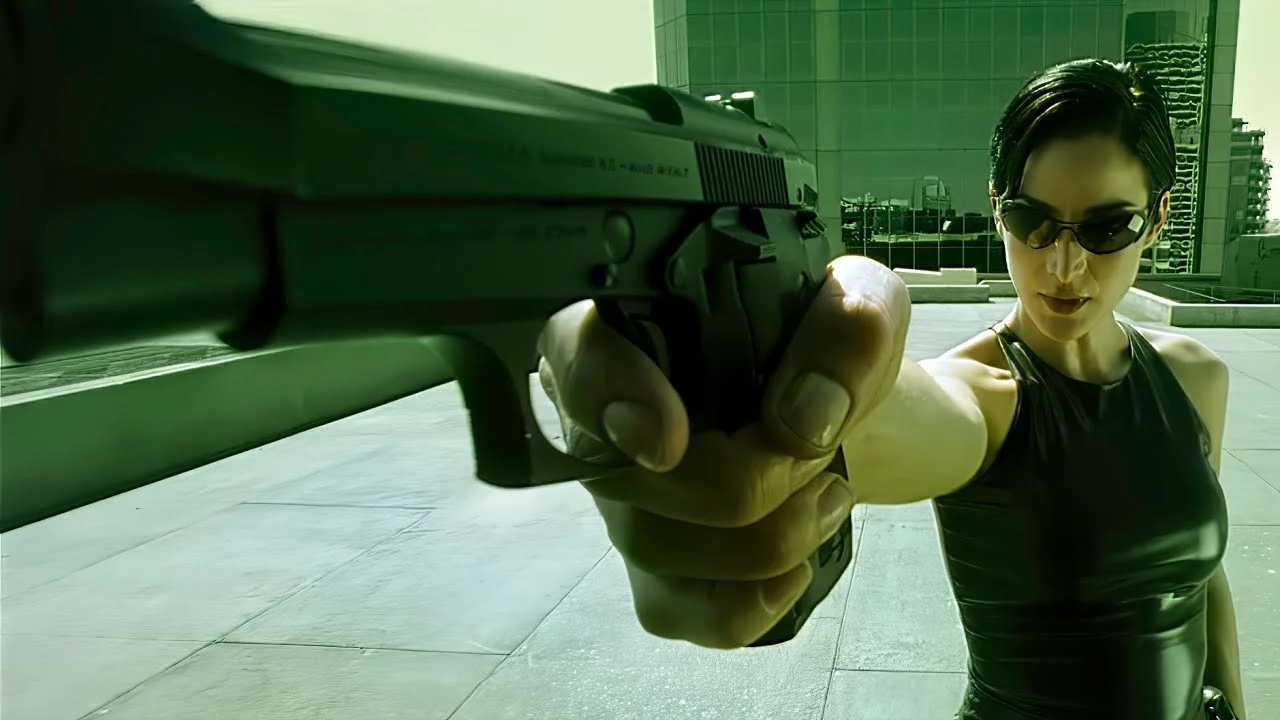
In a key rescue scene in ‘The Matrix’, Trinity quickly approaches an Agent fighting Neo, presses her gun directly against its head, and fires instantly. This works because, throughout the movies, Agents are shown to be able to dodge bullets from a distance, but they can’t react quickly enough to a shot fired at very close range.
The core idea is that winning against Agents isn’t about winning one-on-one fights. It’s about briefly creating opportunities for a teammate to make a key move. Trinity’s skill—her timing, where she stands, and how close or far she is—turns a losing long-distance fight into a successful takedown, perfectly fitting the Resistance’s strategy of small team actions.
The look: Kym Barrett’s costume design and technical eyewear
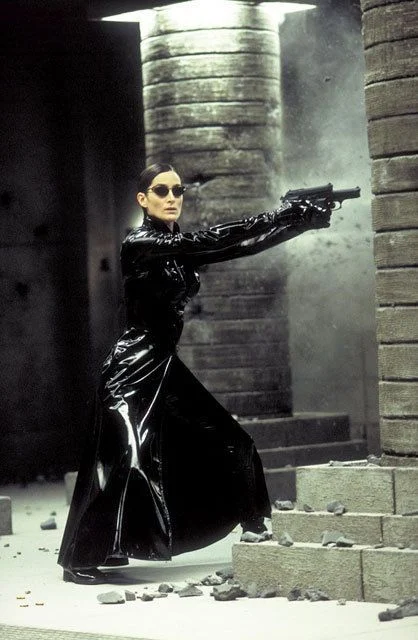
Kym Barrett, the costume designer, crafted Trinity’s iconic look with sleek, vinyl-like coats, tight-fitting suits, and boots that allowed for acrobatic movement. She chose materials that reflected light on set and maintained a sharp, streamlined appearance during action sequences, ensuring the character looked powerful and fluid in motion.
Her glasses are from the Blinde Design Project and are specifically made to stay put during action scenes. They’re not just for looks; the materials, how they fit, and any added accessories help keep her safe during stunts, ensure she’s clearly visible on camera, and maintain a consistent look throughout filming. This gives the character a believable, always-prepared appearance during her missions.
Narrative catalyst: locating, awakening, and sustaining Neo
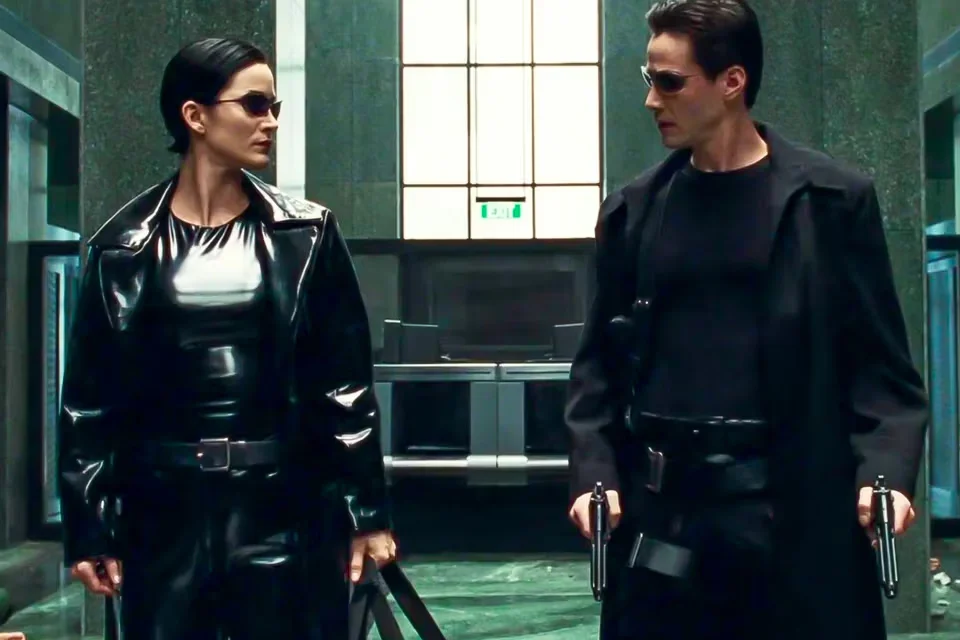
I’ve seen firsthand how vital Trinity is to everything. She’s the one who initially locates Neo, and then she’s right there, making sure he’s *the one* through a series of intense evaluations. She doesn’t just find him, though; she’s a key part of his training, helping him develop the skills he’ll need for the mission. What really strikes me is that she’s always *there* – when he first comes in, when we pull him out, and when he needs to be brought back up to speed. It’s like she ensures a seamless connection between what he believes, what skills we upload, and how he actually applies them in the field. It’s a constant, unbroken process because of her.
She helps Neo recover from failures by turning abstract goals into clear, achievable tasks – like finding a safe path, getting transportation, or contacting a specific person. The story relies on her to make complex themes of destiny and self-discovery practical for the team, so major plot points often happen when she steps in.
Evolving identity: from Trinity to Tiffany—and beyond
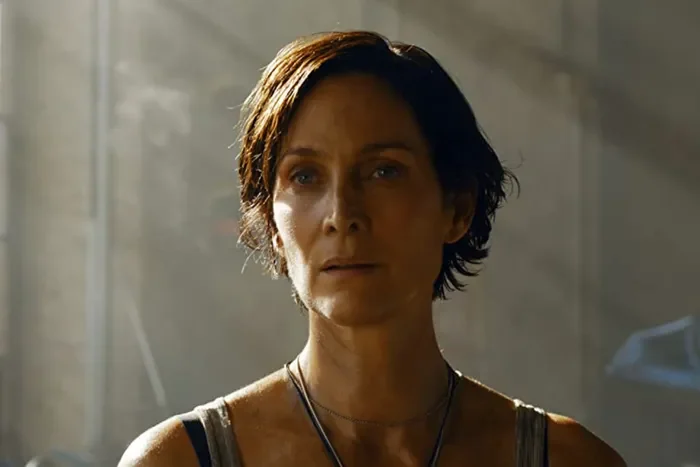
In ‘The Matrix Resurrections’, Trinity is reprogrammed as “Tiffany” and placed in a fake life with a simulated family. This is done to hide her true identity and keep her away from Neo. The system uses everyday things – like her family and daily habits – to prevent her from realizing something is wrong and questioning her reality.
As soon as things started to fall apart for Trinity, it was amazing to see how quickly she adapted – just like we’ve seen her do before in other films. She didn’t need to be *taught* anything new, she just instantly understood the changed rules, combined them with what she already knew, and acted to shift things back in their favor. It wasn’t like she was starting over; she was building on skills we’ve seen her use all along, just applying them to a new situation.
Tell us your most memorable Trinity moments and interesting facts about her in the comments! Let’s all share what makes her special.
Read More
- Bitcoin’s Ballet: Will the Bull Pirouette or Stumble? 💃🐂
- Can the Stock Market Defy Logic and Achieve a Third Consecutive 20% Gain?
- Dogecoin’s Big Yawn: Musk’s X Money Launch Leaves Market Unimpressed 🐕💸
- Gold Rate Forecast
- LINK’s Tumble: A Tale of Woe, Wraiths, and Wrapped Assets 🌉💸
- Deepfake Drama Alert: Crypto’s New Nemesis Is Your AI Twin! 🧠💸
- SentinelOne’s Sisyphean Siege: A Study in Cybersecurity Hubris
- Binance’s $5M Bounty: Snitch or Be Scammed! 😈💰
- Ethereum’s Fusaka: A Leap into the Abyss of Scaling!
- Investing in 2026: A Tale of Markets and Misfortune
2025-10-12 23:47